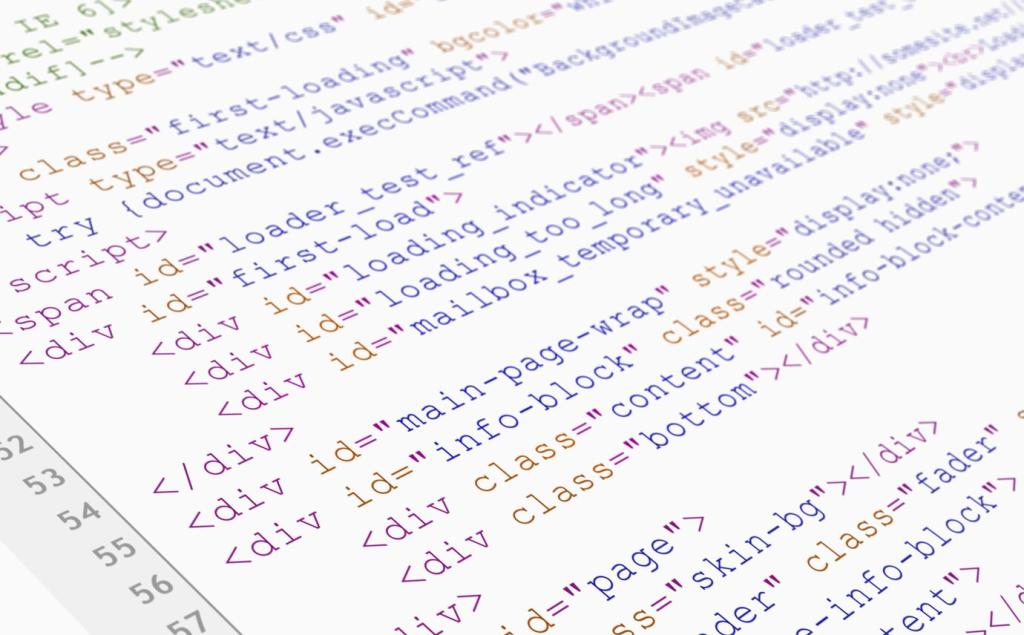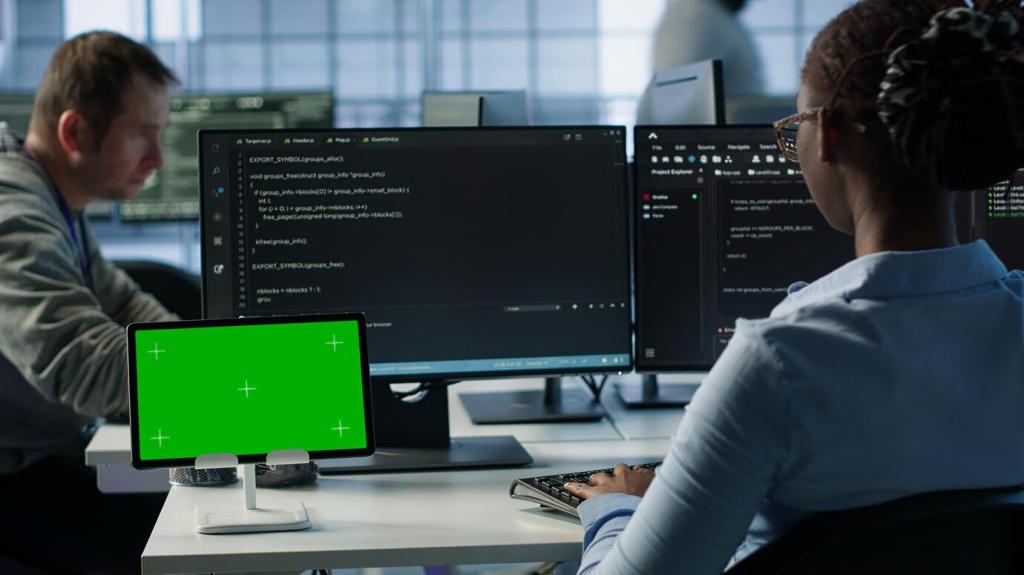
Innovative Approaches in Coding Education for the Future
The realm of coding education is rapidly transforming to meet the demands of an increasingly digital world. Traditional methods are being reimagined through the use of advanced technologies, personalized teaching strategies, and concepts that focus on real-world relevance and inclusion. This page explores pioneering techniques that are spearheading the future of coding education, examining how these approaches are enhancing learning outcomes, making programming more accessible, and preparing learners of all backgrounds for the job markets of tomorrow.

Intuitive Feedback Systems
Intuitive feedback systems utilize artificial intelligence to analyze learners’ code in real time, immediately pinpointing errors and suggesting improvements. Unlike traditional exercises that provide generic feedback, these systems understand context and intent, offering targeted hints that empower students to experiment and learn autonomously. Such immediate, context-aware guidance accelerates skill development by ensuring that learners correct misunderstandings at the moment they arise, leading to deeper retention and increased confidence in tackling complex problems.

Personalized Learning Pathways
Personalized learning pathways are designed to match instructional material and practice exercises to the unique skill level and learning speed of each student. By continuously assessing a learner’s strengths and weaknesses, adaptive platforms tailor content—such as projects, challenges, and assessments—to optimize engagement and mastery. This personalization not only maintains motivation by delivering appropriately challenging content but also assures that no learner is left behind or unchallenged, promoting steady and measurable progress across diverse student populations.

Integrating Artificial Intelligence in Curriculum Design
Intelligent tutoring systems simulate the attention and responsiveness of a personal tutor, adapting content delivery based on ongoing assessments of learner performance. These systems can understand natural language queries, diagnose misunderstandings, and provide increasingly sophisticated feedback as proficiency grows, guiding students through complex topics at their own pace. As a result, learners benefit from a consistently supportive and responsive educational experience that rivals traditional one-on-one instruction, even in large-scale online environments.
Automated code assessment harnesses machine learning algorithms to evaluate code for accuracy, efficiency, readability, and style. These advanced systems provide immediate, in-depth reviews that go beyond simple correctness, helping students internalize good programming practices and understand the rationale behind suggested improvements. By handling routine grading, these tools free up educators to focus on higher-order teaching, while learners enjoy rapid, constructive, and individualized feedback that accelerates their growth.
By leveraging predictive analytics, educational platforms can identify students showing early signs of struggling or disengagement, prompting timely interventions. Algorithms analyze patterns such as incomplete assignments, time spent on tasks, or repeated mistakes, flagging learners who may need additional support or motivation. Early interventions can include targeted resources, encouragement, or alternative learning strategies, ensuring that at-risk students remain engaged and continue progressing, thereby reducing dropout rates and maximizing long-term success.
Fostering Diversity, Equity, and Inclusion in Coding Education
Curriculum That Reflects Diverse Perspectives
Coding curricula are being redesigned to incorporate diverse cultural references, narratives, and use cases, making content more inclusive and representative. This approach increases relevance and relatability for learners from various backgrounds, promoting greater participation and interest in technology careers. By featuring diverse role models, sample datasets, and application domains, educational programs send a powerful message that coding is accessible and meaningful to everyone, regardless of gender, ethnicity, or socioeconomic status.
Mentorship and Community Support Networks
Modern coding education places a high value on mentorship and community building, recognizing the impact of supportive networks in retaining and motivating underrepresented students. Established professionals, peers, and alumni engage as mentors, providing practical guidance, encouragement, and role modeling. Through hackathons, online forums, and study groups, learners find belonging and shared purpose, reducing isolation and building the confidence needed to overcome challenges and pursue ambitious goals.
Accessibility-First Digital Platforms
To leave no one behind, educational technology providers are building platforms with accessibility in mind from the outset. These platforms accommodate diverse needs, including visual, auditory, and mobility impairments, through features such as screen reader compatibility, captioning, keyboard navigation, and customizable interfaces. By removing physical and technological barriers, these innovations ensure that anyone with the desire to learn coding can participate fully, leveling the playing field and supporting lifelong learning for all.

The introduction of modular credential systems allows learners to build and customize their skillsets incrementally. Stackable modules covering discrete topics or languages enable students to progress at their own tempo, combining short-term achievements into comprehensive qualifications. This flexible approach recognizes prior knowledge, accommodates busy schedules, and ensures that skills remain current and job-relevant, supporting both foundational learners and experienced professionals seeking to upskill.
Encouraging Lifelong Learning and Continuous Upskilling
Utilizing Emerging Technologies and Modalities
Virtual and Augmented Reality Environments
Virtual reality (VR) and augmented reality (AR) transport learners into immersive, hands-on coding environments where they can visualize algorithms and debug programs in three-dimensional space. These modalities make abstract concepts tangible and interactive, providing memorable learning experiences that can improve comprehension and recall. In VR classrooms, students collaborate with avatars, manipulate virtual objects, and explore digital systems from a first-person perspective, breaking free from the traditional constraints of screens and textbooks.
Voice-Activated and Conversational Interfaces
Voice recognition and conversational AI are transforming how learners interact with coding platforms. By enabling students to ask questions and receive verbal guidance as they code, these systems lower barriers to entry, especially for those who are less comfortable with typing or navigating complex software. Conversational interfaces can also simulate real-world dialogue, making debugging and problem-solving a more natural, engaging process while accommodating diverse learning styles.
Internet of Things (IoT) Integration
Coding education is increasingly incorporating IoT technology, allowing students to build and control real-world devices through their programming efforts. By developing projects that interact with sensors, motors, and connected appliances, learners gain practical experience in both software and hardware integration. This hands-on exposure highlights the tangible impact of code, ignites creativity, and prepares students for careers in industries where digital and physical technologies converge.
Previous
Next
